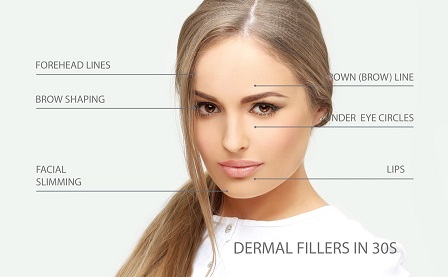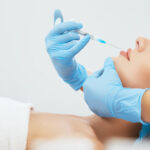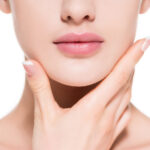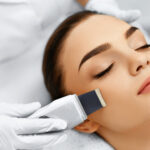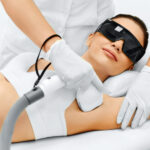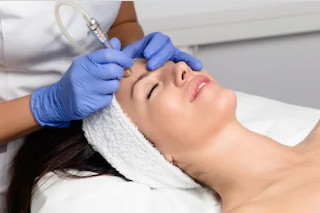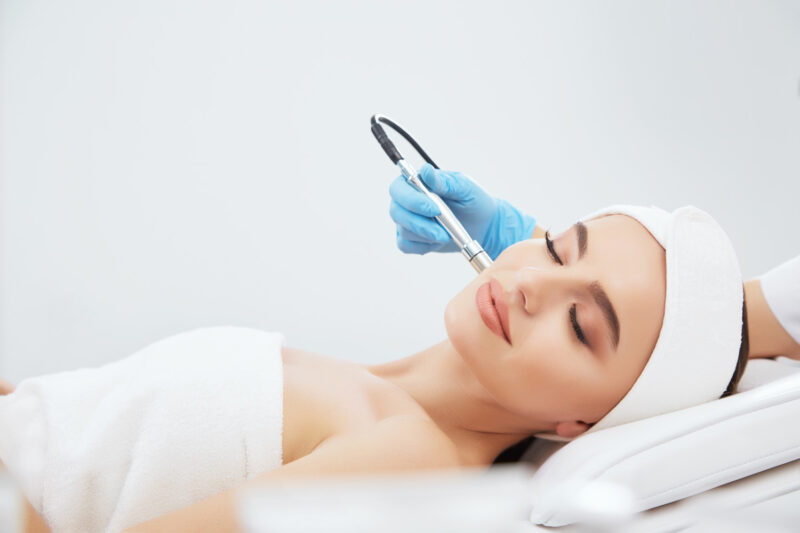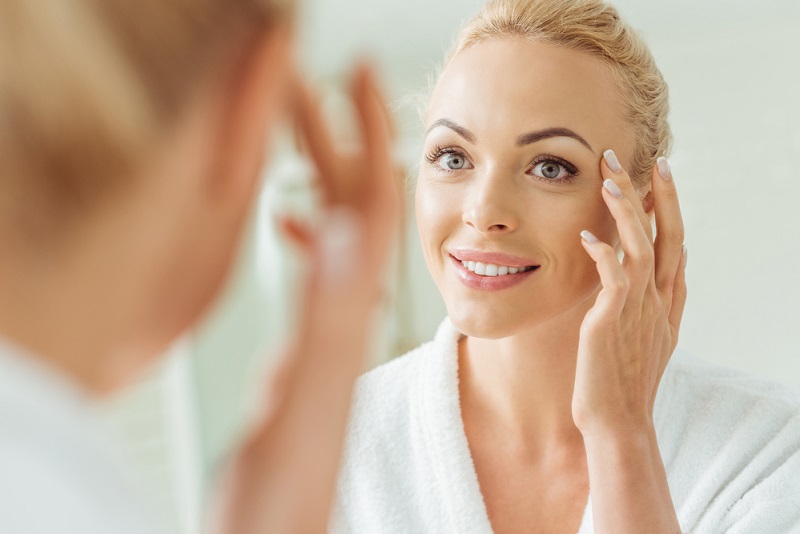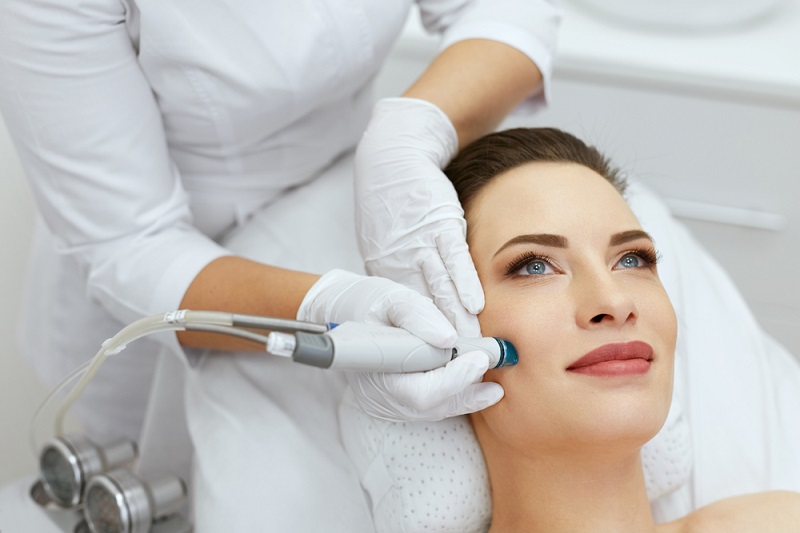It is not possible to prevent the process of ageing, but it is possible to get facial treatments that can help regain a youthful look. Dermatologists can assist if you’re looking to get dermal fillers in London. This technique helps reduce lines and wrinkles, plumps up thin lips, and gets rid of hollow areas around the face without having surgery.
What is a Dermal Filler?
Dermal fillers are clinically tested injections used for facial cosmetic improvements. Whether you want to try one session or sign up for a dermal filler course of multiple sessions, you will be guaranteed with instant results. Dermal fillers are popular, non-surgical treatments that are effective in creating a natural, younger look. Different types of dermal fillers use Calcium hydroxylapatite, Polyalkylimide, Polylactic acid, or the most popular being Hyaluronic acid.

Hyaluronic acid is a natural substance occurring in the body’s soft connective tissues, cartilage, in the fluid around the eyes and joints, and in the skin’s tissue. As a reformulated substance, it is used to add volume for cosmetic enhancements as well as help arthritis sufferers by adding cushioning to aching joints.
How Dermal Fillers differ from Botox?
Dermal fillers and Botox are two different techniques used to reduce signs of aging around the face. Botox works as a muscle relaxant to decrease muscle activity that causes wrinkles.
Dermal fillers target a certain area and stimulate collagen production while plumping and lifting the skin caused by a loss of collagen. Dermal fillers for your jawline can soften sharp angles, add volume to hollow cheeks, and reduce static lines and wrinkles that are always visible regardless of your facial expressions.
How Does It work?
First, you will have a consultation with your dermatologist to discuss the areas you want to improve. Whether you want to enhance the appearance around the forehead, nose, mouth or cheeks, your dermatologist will discuss the best approach for the best results. Next, you will set up an appointment to get the procedure done.
The process starts with the dermatologist easing the hyaluronic acid gel into the targeted area with a dermal filler injection using a fine, small needle. The actual process is fairly quick and generally does not inflict any pain, but you may experience brief discomfort. Some dermal fillers, like Juvederm, contain a local anaesthetic to provide added comfort during and after the procedure.
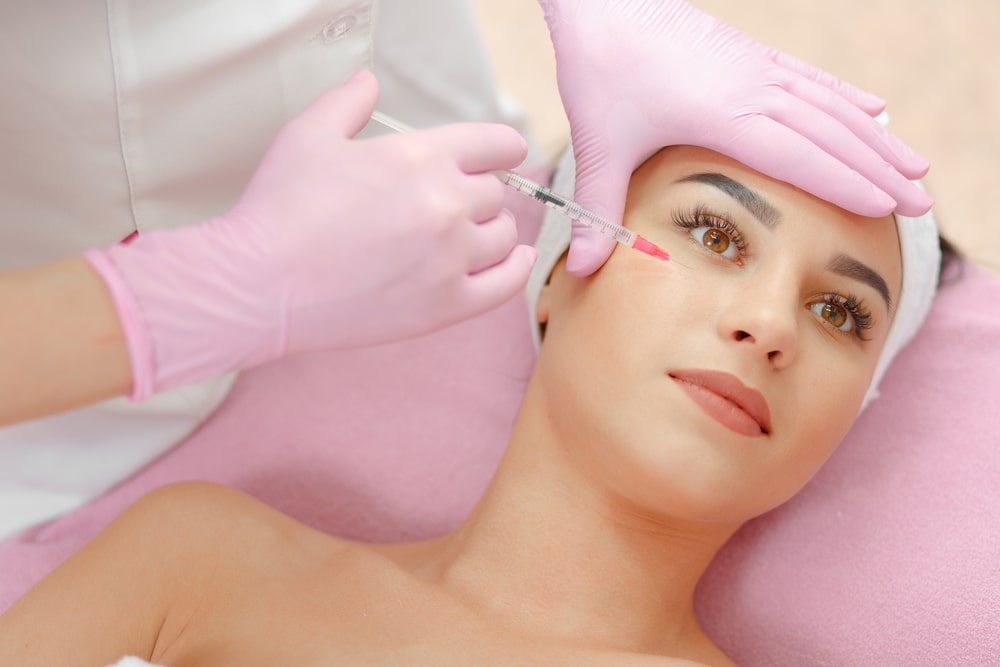
Once the dermal filler on the face is injected, the substance immediately increases the volume underneath the skin and smooths any deep lines, wrinkles, and folds to the affected area. After the procedure, it’s important not to touch the filled area for at least six hours. You must also avoid extreme temperatures so doing activities such as lying under a sunbed after treatment is not advised.
How long do the effects last?
The visible effects of dermal fillers last anywhere between three months to two years, depending on the dermal filler product being used and where it was applied on the body. Hyaluronic acid attracts water so these types of dermal fillers can maintain volume augmentation for quite some time.
However, because results will vary from person to person, it is recommended to follow a course of regular treatments for optimal, longer-lasting effects.
Main Benefits
The dermal fillers price is considerably cheaper and less risky than surgery, while still gaining similar benefits. This is why dermal fillers are the ideal choice for softening facial lines, contouring the cheeks, and defining natural features. Besides restoring radiance and revitalizing your look, you can also go for dermal lip fillers in London to add some plumpness to the mouth.
Other benefits from choosing dermal fillers include:
- Define cheekbones.
- Increase volume to sunken cheeks.
- Fill and reduce lines around the mouth.
- Smooth the corners of the mouth.
- Soften overly angular jawlines.
- Remove wrinkles and add volume to lips.
- Decrease the appearance of lines in the nasolabial folds (below the nose).
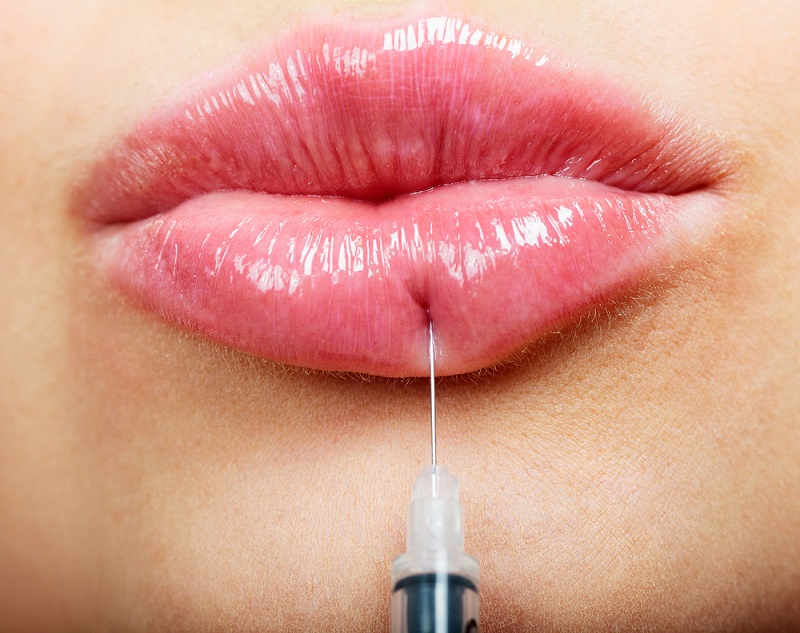
You will notice the difference immediately after having the injection. Typically, about six sessions of a dermal filler course in London will result in remarkable anti-aging benefits.
Is Dermal Filler safe?
Facial fillers are safe when administered by trained and certified professionals. Incorrect techniques or unsterilized needles can cause severe complications that lead to infection, nodule formation, or blood vessel compromise.
It is common to experience mild side effects such as swelling, redness, bruising, or tenderness. These effects are usually short-lived and subside within a few days. If you feel self-conscious about any visible reactions, it’s possible to apply a make-up foundation or concealer.
It is not recommended to have a dermal filler if you suffer from allergies, or are currently pregnant or breastfeeding. But if you have any other concerns, you should speak to your dermatologist before having the procedure.
Latest News
- August 25, 2021
- August 25, 2021
- July 21, 2021
- July 20, 2021
- June 21, 2021
